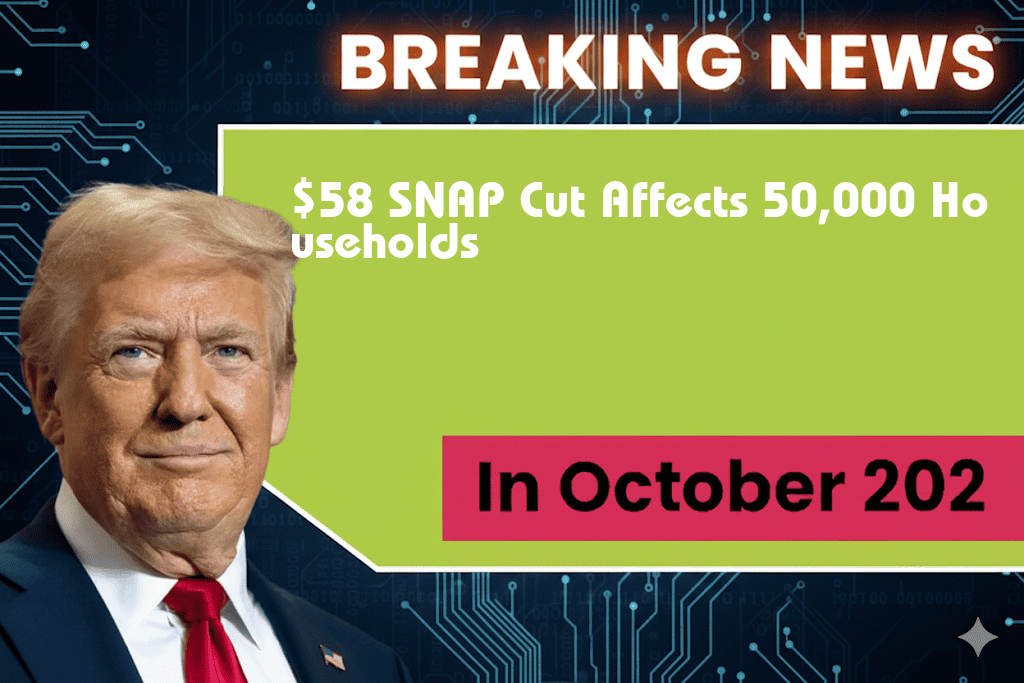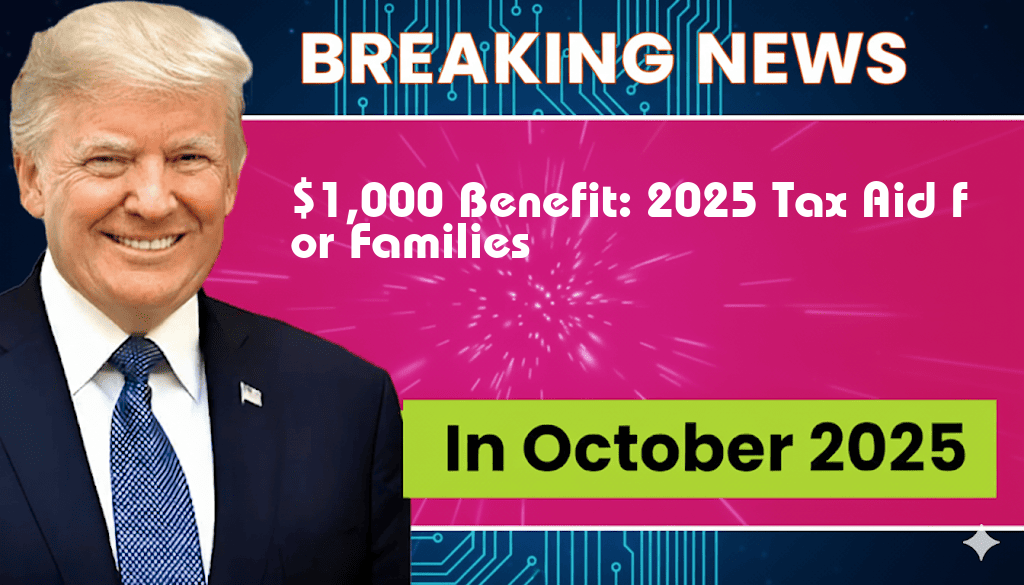

November Sees $58 Monthly SNAP Reduction Affecting 50,000 Households
In November 2023, approximately 50,000 households in the United States experienced a significant reduction in their Supplemental Nutrition Assistance Program (SNAP) benefits, with monthly allocations decreasing by an average of $58. This adjustment follows the expiration of the temporary increase implemented during the COVID-19 pandemic, which was designed to assist families facing economic hardships. As a result, many recipients are now grappling with the impact of this change as they navigate rising food prices and inflationary pressures.
The Context of SNAP Reductions
The SNAP program, formerly known as food stamps, plays a crucial role in providing nutritional assistance to low-income households. Established to alleviate hunger and improve food security, SNAP benefits have been a lifeline for millions, especially during challenging economic times. The temporary boost, which began in 2020, was part of the federal government’s response to the pandemic’s widespread effects on the economy.
Impact on Households
The reduction of $58 in monthly SNAP benefits may seem modest, but for many families, it can significantly affect their ability to purchase necessary food items. With inflation continuing to drive up food prices, the decrease has sparked concerns among advocates and recipients alike. Some households may need to make difficult choices regarding their food purchases, potentially relying more on local food banks and community resources.
- Increased Food Costs: According to the Bureau of Labor Statistics, food prices have risen by over 10% in the past year, further straining budgets.
- Food Insecurity: Many families already struggle with food insecurity, and the reduction in SNAP benefits could exacerbate this issue.
- Community Support: Local food banks and community organizations are seeing increased demand as families seek assistance.
Reactions from Advocates
Food security advocates have voiced their concerns regarding the recent SNAP reduction. Organizations such as the Feeding America network emphasize that even a small reduction in assistance can lead to increased hunger and hardship for vulnerable populations. They urge policymakers to consider the long-term impacts of such cuts on families and the broader community.
Jessica Smith, a representative from a local food bank, stated, “We are already seeing more families coming through our doors since the SNAP cuts took effect. Many of them are facing tough decisions about what to buy, and we need to ensure that they have access to nutritious food.”
Government Response and Future Outlook
As the Biden administration continues to navigate economic recovery efforts, discussions around food assistance programs remain a priority. Although the SNAP cuts were legislated, there are ongoing conversations about potential reforms to improve food security and support low-income families. Some lawmakers are advocating for a restoration of pandemic-era benefits or additional funding to address the growing challenges of food insecurity.
Looking ahead, the situation remains fluid as economic conditions evolve. The USDA continues to monitor the impacts of SNAP adjustments, and advocates are calling for comprehensive strategies to bolster food assistance programs in the face of persistent inflation.
Conclusion
The $58 monthly reduction in SNAP benefits is a stark reminder of the challenges faced by many American families as they work to put food on the table. With rising costs and increasing demand for food assistance, the coming months will be critical for policymakers, advocates, and communities as they seek to address the ongoing issue of food insecurity across the nation.
Frequently Asked Questions
What is the reason for the $58 monthly SNAP reduction in November?
The $58 monthly SNAP reduction is part of a broader adjustment to reflect changes in the cost of living and food prices, impacting approximately 50,000 households.
How many households are affected by the SNAP reduction?
Approximately 50,000 households will experience the $58 monthly reduction in their SNAP benefits starting in November.
When will the SNAP reduction take effect?
The SNAP reduction will take effect in November, impacting eligible households’ benefits for that month and beyond.
What can affected households do to cope with the SNAP reduction?
Affected households may consider seeking additional resources such as food banks, community assistance programs, or exploring budgeting strategies to manage the impact of the SNAP reduction.
Are there any plans to increase SNAP benefits in the future?
While there are ongoing discussions regarding SNAP benefits and support, any future increases will depend on policy decisions and budget allocations at the state and federal levels.





